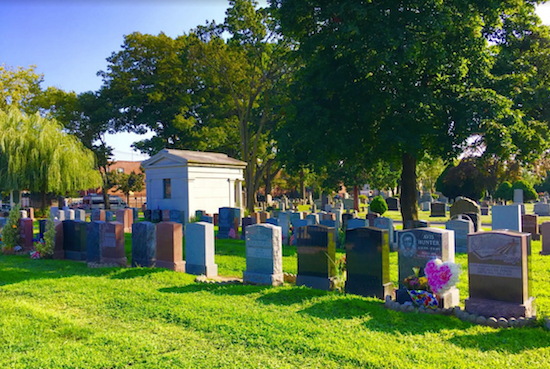Come see Canarsie Cemetery, where Civil War veterans and Dutch Colonial descendants are buried
Eye On Real Estate

Canarsie Cemetery. Eagle photo by Lore Croghan
While we rally round the flag, boys, rally once again,
Shouting the battle cry of freedom!
– George F. Root, “The Battle Cry of Freedom”
